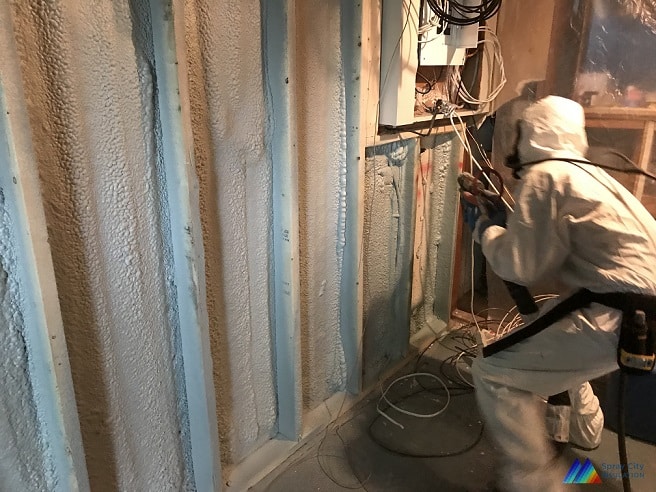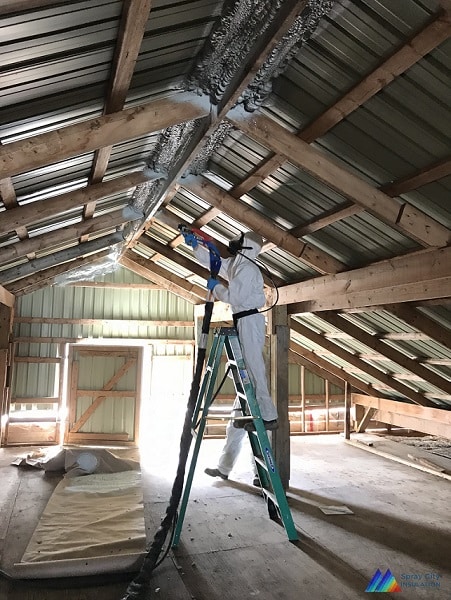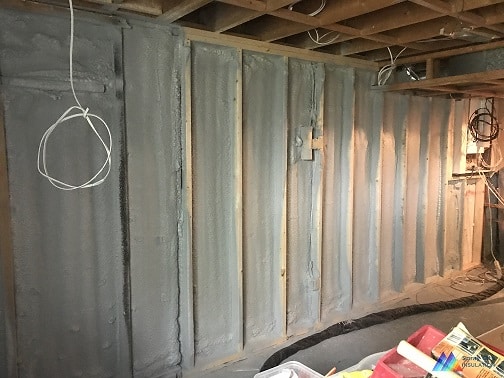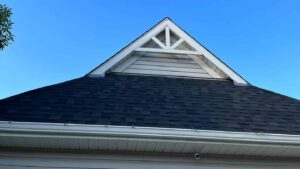
Spray foam insulation seems to many people in Toronto as if it came from out of the blue to suddenly be a big deal in the home insulation industry. And you know what? Those folks are right. It did come from out of the blue. To find out how we have to set the Way Back Machine to the late 1930s. It was then that a German chemist named Otto Bayer began experimenting with chemical formulas that would ultimately produce polyurethane foam. Initially he had no real idea what he would do with his invention. But just a few years later, with the world engulfed in World War II, an American named David Eynon got wind of Bayer’s research and brought it to the US, believing it would have potential military applications that could aid in the war effort.
Up, Up and Away
In short order companies producing military aircraft realized this material was just what they were looking for to keep troops and equipment from suffering in the extreme cold of high altitude flight. It had excellent insulation capabilities, and it was light enough not to undermine the flight characteristics of the planes. As a result, many military aircraft began sporting polyurethane insulation and there’s a good chance that if one of your grandparents flew to Europe to participate in the war they did so on a plane that was fitted with polyurethane insulation.
The Long Road Home
Although a hit with aircraft manufacturers spray foam didn’t find an immediate place in daily life on the ground for some time. Early applications included shoes and refrigerators. In the early 1950s a ‘gun’ was developed that could mix the necessary chemicals on site. This made applying the foam a much easier and faster process. Subsequent refinements of the spray delivery method in the 1960s led to further adoption for commercial purposes. But it wouldn’t be until the oil shocks and energy crisis of the 1970s that spray foam began being used to insulate commercial buildings on a large scale.
Spray foam insulation remained a largely commercial phenomenon for nearly 2 decades until the 1990s when, for reasons still unclear, it began to find favour with homeowners as a more effective alternative to fiberglass batts. Since that time an ever increasing number of residential developers and individual homeowners have jumped aboard the spray foam insulation bandwagon and it has finally taken a well-deserved place among the pantheon of super-insulation materials. So exactly what is it that makes spray foam insulation so appealing?

Essential Properties of Spray Foam
Closed cell spray foam typically has an R-value of as much as 6.7 per inch of insulation. When you compare that to fibreglass which typically provides an R-value of about 3 per inch of insulation you begin to understand why spray foam is gaining market share. Spray foam in fact, provides effective relief from the 3 major types of heat transfer:
- Conductive – When thermal energy passes through a material from a higher temperature space to a lower temperature space this is called conductive heat transfer. In homes conductive heat transfer occurs when the heat in the home bleeds through the exterior wall materials and escapes into the cold winter atmosphere.
- Convective – In homes convective heat transfer occurs when heated air escapes through holes, cracks or tiny fissures in the exterior walls. This is different than conductive heat transfer where the heat actually passes through the wall material itself. Because spray foam insulation is able to produce an airtight seal convective heat transfer is eliminated.
- Radiant – In general terms radiant heat transfer typically occurs when a dark material absorbs energy in the form of light and then emits that energy as heat. Think of how much warmer you are on a hot sunny day if you wear a black shirt then if you wear a white shirt. Spray foam does not allow radiant heat to pass through it.

The road spray foam insulation has travelled from the military aircraft of WWII to the homes of today is a long one. But we’re all better off for it. Talk to your local Toronto spray foam installation pro today to learn more about this amazing material.









